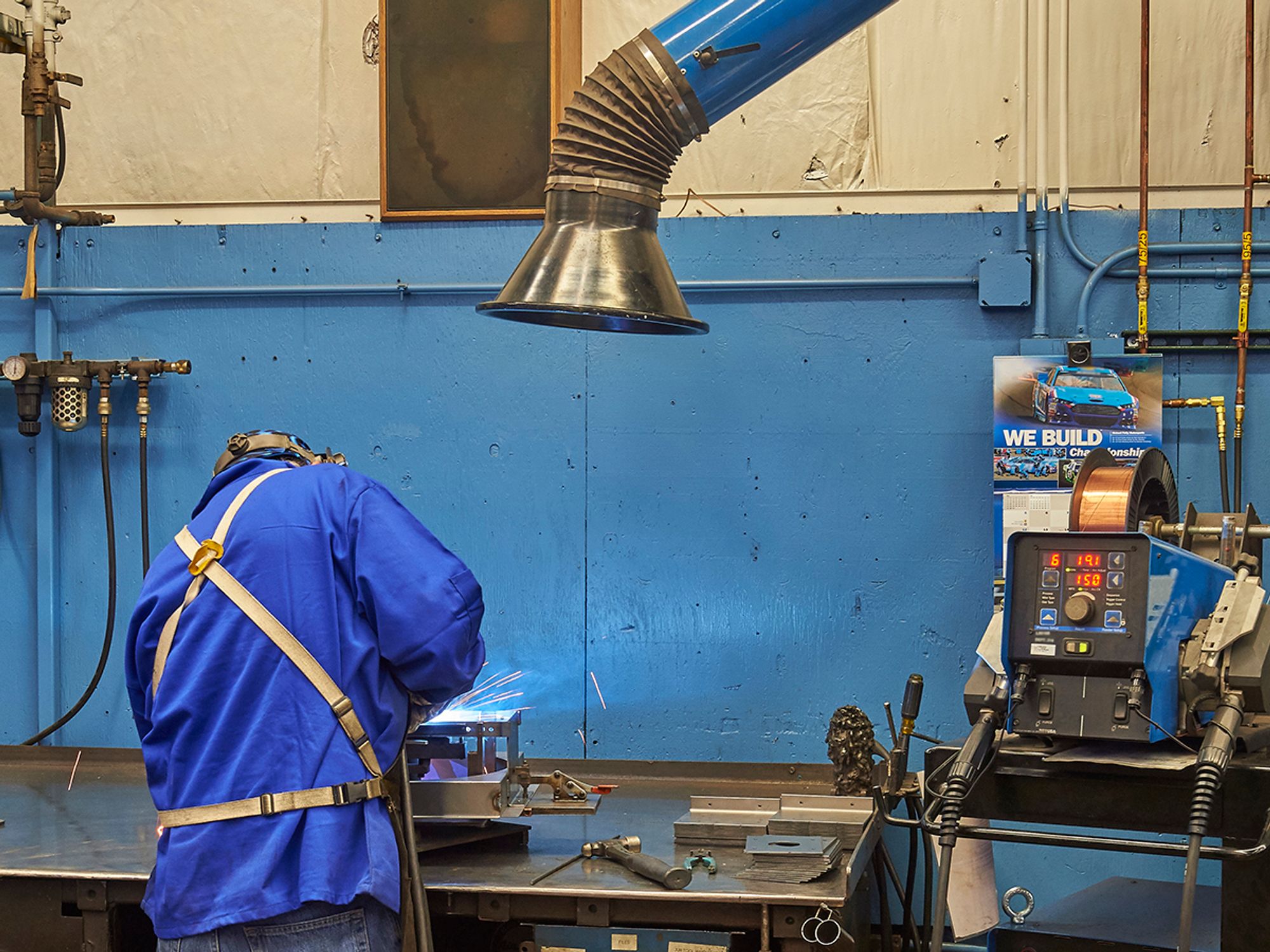Hazards and precautions

- Hot work hazards include fire, explosion, asphyxiation, and skin and eye damage.
- Facilities can reduce these hazards by establishing “hot work zones,” providing adequate ventilation and protective equipment, and training workers in safe procedures.
Welding, cutting, and brazing pose a combination of safety and health risks to more than 500,000 workers in a wide variety of industries. The risk from fatal injuries alone is more than four deaths per thousand workers over a working lifetime.
Health hazards from welding, cutting, and brazing operations include exposures to metal fumes and to ultraviolet (UV) radiation. Safety hazards from these operations include burns, eye damage, electrical shock, cuts, and crushed toes and fingers.
These hazards can affect not only the person doing the work, but the people, materials, and structures nearby. Many of these risks can be controlled with proper work practices and personal protective equipment (PPE).
General hot work hazards
Hot work hazards vary, depending upon the facility, equipment, number of workers present, and the job at hand. Examples include:
- Damage to skin and eyes from exposure to ultraviolet and infrared rays produced by welding;
- Toxic gases, fumes, and dust that may be released during welding and cutting operations;
- Fire hazards from combustible or flammable materials, dust, vapor, or the environment; and
- Explosion hazards from lack of ventilation.
General protective measures
Many hazards of hot work can be minimized or avoided with proper equipment/practices:
- A thorough site hazard assessment allows hazards to be addressed before work begins.
- Trained fire watchers and established emergency procedures facilitate swift responses to problems.
- Designated “hot work areas” for cutting and welding can be clearly marked and thus separate these processes from others.
- Adequate ventilation can prevent fires, explosions, and toxic gas exposure.
- Respirators to protect people when ventilation and plume avoidance don’t give enough protection or when welding creates an oxygen-deficient area.
- Not getting too close to the fume or plume or weld on lead-painted surfaces.
- Using appropriate PPE, including: flame-resistant aprons, leggings and high boots, ankle-length safety shoes worn under pant legs, shoulder capes and skull caps, earplugs or earmuffs, insulated gloves, safety helmets, goggles, shields, and American National Standards Institute (ANSI)-approved filter lenses and plates.
- Wearing wool, leather, and treated cotton clothing to help make workers less flammable.
